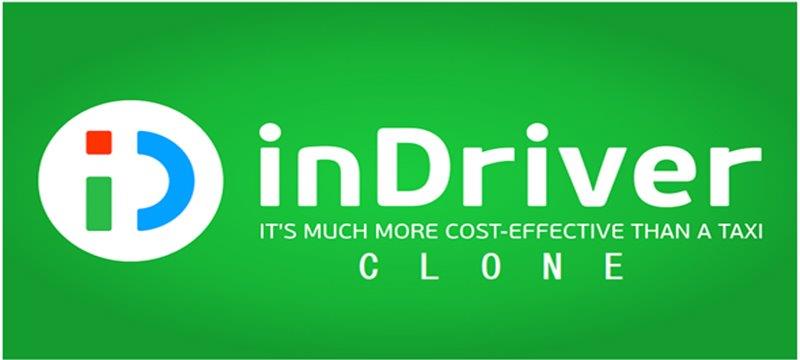In today’s fast-paced world, ride-hailing apps have revolutionized the way people commute, offering convenience, affordability, and accessibility. InDriver, a ride-hailing app that allows passengers to set their own fare and negotiate directly with drivers, has disrupted the traditional ride-hailing model. This article delves into the concept of creating an Indriver Clone, exploring its potential and the impact it could have on the ride-hailing industry.
Understanding the InDriver Model
InDriver, founded in Yakutsk, Russia, has gained immense popularity due to its unique business model. Unlike other ride-hailing apps where fares are predetermined, InDriver allows passengers to propose their own fares and drivers to accept or negotiate them. This transparent and interactive approach provides a win-win situation for both riders and drivers, allowing for fair pricing and increased flexibility.
Key Features of InDriver Clone
Creating an InDriver clone involves understanding and replicating its distinctive features to build a successful alternative. Here are the fundamental features that need to be incorporated into the clone:
- User Registration and Profiles: Users should be able to register using their email or social media accounts and create profiles with essential information like name, contact details, and payment preferences.
- Ride Request and Matching: Similar to InDriver, the clone should allow users to request a ride by entering their destination and proposing a fare. The app should then match riders with nearby drivers willing to accept the offered fare.
- Real-Time Chat and Negotiation: An essential aspect of the InDriver model is the ability for riders and drivers to negotiate fares in real-time through a built-in chat feature within the app.
- Transparent Fare Calculation: The app should display transparent fare calculations to users, showing the breakdown of the fare, including base fare, distance, time, and any additional charges.
- Secure Payments: Integration of secure payment gateways to facilitate cashless transactions and provide a seamless payment experience for both riders and drivers.
- Driver Verification and Rating: Implement a system for driver verification, background checks, and a rating/review system to ensure the quality and safety of rides.
- Ride History and Receipts: Users should have access to their ride history, including details of past trips, fare breakdowns, and electronic receipts for their records.
The Potential Impact
Creating an InDriver clone has the potential to disrupt the ride-hailing industry by challenging the conventional pricing model. Here’s how:
- Empowering Users: Allowing riders to set their fares empowers them and brings a sense of control and transparency to the ride-hailing experience.
- Driver Engagement: The negotiation aspect engages drivers more actively in the pricing process, potentially leading to increased driver satisfaction and a larger pool of available drivers.
- Fair Pricing: The direct negotiation of fares ensures that both riders and drivers agree on a fair price, eliminating any dissatisfaction associated with fixed pricing.
- Market Differentiation: The InDriver clone stands out from other ride-hailing apps by offering a unique and user-centric approach, attracting a specific market segment seeking transparency and control over their ride costs.
Conclusion
InDriver’s innovative approach to ride-hailing has challenged the status quo in the industry. Creating a successful InDriver clone involves integrating key features that prioritize transparency, flexibility, and user empowerment. By replicating this disruptive model, aspiring entrepreneurs have the opportunity to contribute to the evolution of the ride-hailing sector, offering an alternative that puts users in the driver’s seat, quite literally.
